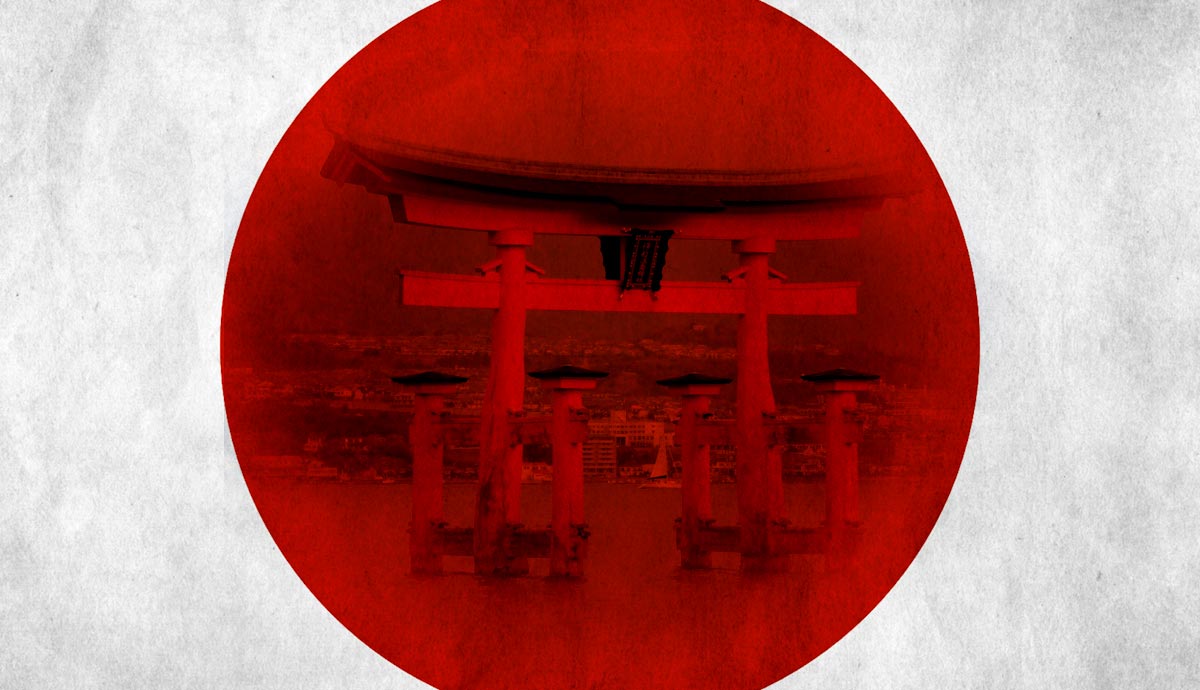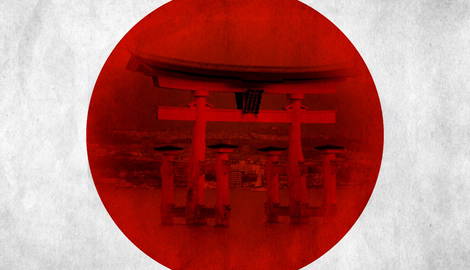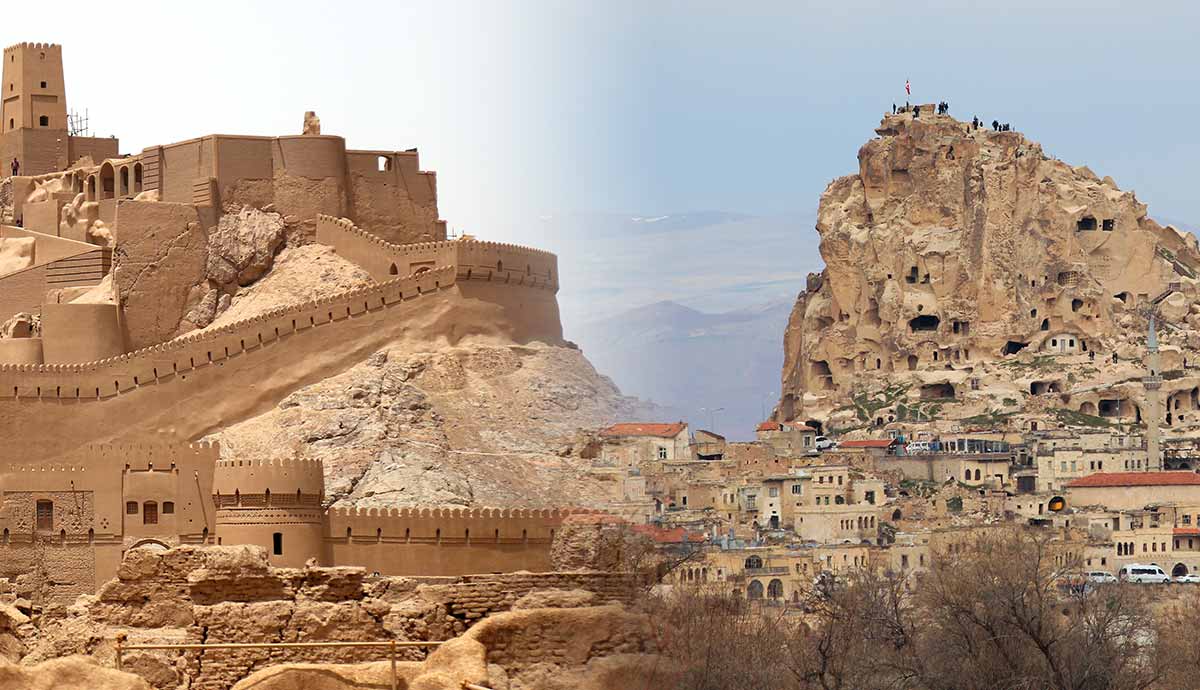
Japan is a unique country with a history and culture like no other. It is for these reasons that it attracts so much interest. From the Jomon period to the age of the samurai and to the era of imperial conquest over the Pacific in the Second World War, Japan has been the focus of historians for centuries.
A relatively small country compared with other powerful nations, and with less than a quarter of its land actually inhabitable, Japan has a considerable amount of history crammed into a tiny area, making it massively appealing for tourists who wish to see and experience all the sights of Japan’s history.
Here are 7 of the most historically important sites in the Land of the Rising Sun.
1. Himeji Castle

A postcard-perfect representation of Japanese castles, Himeji or “White Heron Castle” is an iconic monument that encapsulates the feudal Japanese aesthetic. Perched atop Mount Himeyama, it was constructed in the 14th century and was reconstructed in 1577.
It originally served as a fortification for the Akamatsu clan before being taken over by Shogun Toyotomi Hideyoshi, one of the three great unifiers of Japan. He added a turreted three-story tower, and later owners added additional sections to the castle, including a five-story keep. The castle served as a crucial point from which Tokugawa rule could be asserted over the surrounding area.
Unlike many other castles, Himeji Castle emerged from the Second World War completely unscathed and has undergone regular maintenance over the following decades. In 1993, it was designated as a UNESCO World Heritage Site, and today it is one of Japan’s biggest tourist attractions.
Its construction includes deliberately confusing pathways, dead-ends, and winding staircases to confuse any would-be attacker, and the result today is a lot of confused tourists trying to find a way into the castle!
2. The Hiroshima Peace Memorial

The Hiroshima Peace Memorial is a park that commemorates the events of August 6, 1945 when the first atomic bomb used in war devastated the city of Hiroshima. With the dropping of a second bomb on the city of Nagasaki a few days later, Japan surrendered, and the Second World War came to an abrupt end.
The Peace Memorial is filled with statues and museums that reflect on the horrors that happened that day and the misery it caused long after. It is estimated that almost 200,000 people died as a result of the bombing of Hiroshima, including those affected by the radiation. Most of the city was reduced to rubble.
Directly under where the bomb exploded is the Genbaku Dome, also known as the A-Bomb Dome. It survived the blast due to its solid construction, and being directly under the blast, it only had to survive one vertical shockwave as opposed to two horizontal shockwaves experienced by the rest of the city. In effect, being directly under the blast can be compared to being in the eye of the storm.
As a result, the A-Bomb Dome dome still stands today and is kept in the state it was directly after the blast. It serves as a direct and simple reminder of the hypocenter of the explosion and a testament to the people of Hiroshima who recovered so spectacularly in the years that followed.
3. Yakushima

The history of Japan isn’t just about the history of people and events caused by people. It is a wholly unique place with flora, fauna, and ecologies found nowhere else in the world. One such place is the small island of Yakushima, which lies 38 miles off the southern tip of the Kyushu mainland, directly south of the city of Kagoshima.
This UNESCO World Heritage site is home to monkeys and deer and is a breeding ground for loggerhead turtles. The main attraction, however, is the primeval cedar forests that cover the island. Although much of the forests were logged and reseeded in the past, in the late 1960s, this activity ended, and the island became a protected sanctuary.
With hiking trails all over the island, the ancient forests are easily accessible, and the island hosts around 300,000 tourists annually. With a humid, subtropical climate, Yakushima is an oasis of lush vegetation surrounded by water. As such, it is a unique habitat, home to hundreds of different species of endemic flora, of which 50 are flowering plants.
The oldest tree on the island is a Japanese cedar named Jōmon Sugi, which is 2,300 years old.
In more recent history, the forests of Yakushima were the inspiration behind the setting for Hayao Miazaki’s animated classic Princess Mononoke (1997).
4. Sensō-ji

Tokyo’s oldest Buddhist temple, Sensō-ji, is the most visited religious site in the world and receives over 30 million visitors every year.
The legend of the temple starts in 638 CE, when two fishermen discovered a statue of the bodhisattva Kannon, often referred to as the “Goddess of Mercy” in their catch. They took the statue to their village, where they showed it to the village elder. He recognized the statue’s importance and turned his own house into a shrine to house it.
A permanent temple was officially founded in 645 CE and has grown substantially since then.
The temple itself isn’t the only attraction for visitors. The entire surrounding area is filled with structures of religious significance. These include a five-story pagoda that serves as a Shinto shrine and the long street called Nakamise-dōri, which serves as a processional way leading up to Sensō-ji.
Many of the temple grounds, including the temple itself, were destroyed during World War II. It was rebuilt after the war, and today, it serves not just as a religious site but as a symbol of peace and rebirth for the Japanese people. This symbolic representation is perfectly encapsulated in a tree on the temple grounds that was almost destroyed but grew back out of its destroyed husk.
5. The Fukushima Exclusion Zone

On March 11, 2011, a magnitude 9 earthquake shook the coastal waters to the east of the Tōhoku region, which includes Fukushima Prefecture. The earthquake caused a powerful Tsunami that swept many miles inland, causing mayhem and destruction and killing at least 18,000 people. Directly in the path of this tsunami was the Fukushima Daiichi Nuclear Power Plant.
A nuclear meltdown followed, releasing dangerous radioactivity into the surrounding area. One hundred fifty thousand people were forced to evacuate their homes, and the area became a nuclear exclusion zone. Teams went in to contain the breach and help people leave the area 12 miles around the reactor, which was then expanded to 19 miles.
Radiation levels, however, decreased significantly over the next weeks and months, and several years later, some areas on the edge of the exclusion zone were declared ready for habitation again.
Cleanup efforts are ongoing, and today, much of the zone is completely abandoned and resembles something out of a post-apocalyptic movie.
An organization called Real Fukushima works to change the exaggerated perceptions of the area, and many parts, although uninhabited, are open to tourists as long as they take the necessary precautions.
6. Fushimi Inari Shrine

The Fushimi Inari Shrine is the most important place of worship for the Kami (spirit deity) named Inari, the deity of fertility, foxes, rice, and tea. They (represented as both male and female) are also the patron of merchants and swordsmiths in the Shinto Religion.
The main attraction to the shrine is the rows of 800 torii gates placed close together so that they form a tunnel leading up the mountain to the main shrine. This tunnel is 2.5 miles long and takes about two hours to walk through (and up).
From the Edo period (early 17th century) onwards, these torii gates were funded by people as a tradition to have a wish come true or to give thanks for a wish that has come true. The tradition continues to this day, with companies and corporations sponsoring the addition of new torii gates.
7. Itsukushima-jinja

One of the most photographed and iconic ambassadors of Japanese culture is the Itsukushima-jinja (shrine) off the coast of western Honshu. Immediately recognizable, it hosts the most striking torii gate that stands out of the water. At low tide, the gate is accessible by foot, and visitors can stand under its massive 55-foot tall frame.
The main temple complex is closer to the shore of Miyajima Island in Hiroshima Prefecture but is also built over water, with each building connected by wooden walkways. The complex is said to have started life in 816 CE at the base of Inari Mountain. Extensive additions were made to the temple from the 12th century onwards, and the government has gone to great lengths to maintain the 12th-century architecture of this magnificent historical Shinto landmark.
The shrine itself is dedicated to the three sister deities that control the oceans, seas, and storms. The island itself, formally referred to as Itsukushima (island dedicated to the gods), is also considered a god, and that is why the structures all stand over the water.
A UNESCO World Heritage Site, this shrine attracts millions of visitors each year.

These are, of course, only some of the historical sites worth mentioning. Japan is a fascinating and unique country filled with places unlike any other in the world. The Historic Monuments of Ancient Nara, the Jomon Prehistoric Sites in Northern Japan, and the Tomioka Silk Mill, for example, are just three more sites on a lengthy list.
With a long and storied history, it is no wonder that Japan hosts so many tourists interested in its past.









